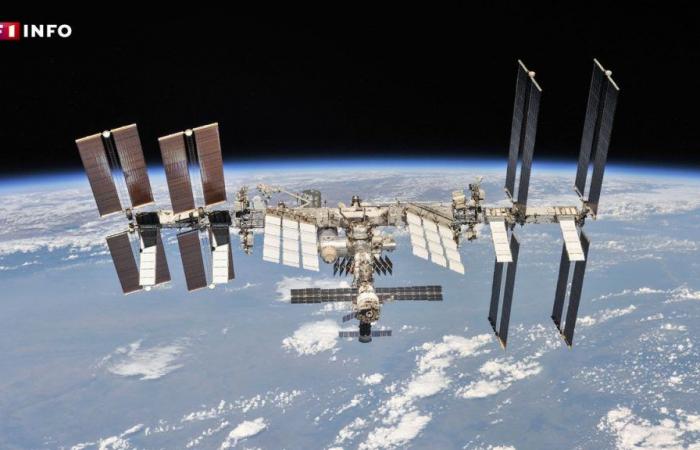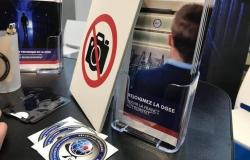A space debris alert forced astronauts to take refuge in their ships this Thursday.
NASA triggered the emergency procedure after the disintegration of a Russian satellite at the end of its life.
Panic on board! Following the disintegration of a satellite at an altitude close to that of the International Space Station (ISS), the nine occupants had to urgently take refuge inside the capsules planned for their return to Earth, NASA said on the social network The crew was therefore probably asleep when the emergency procedure was initiated. Mission Control continued to monitor the trajectory of the debris and, after about an hour, gave the astronauts the green light to return to the space station.
NASA did not specify which satellite was associated with the incident. But LeoLabs, a company specializing in space object monitoring and collision detection, reported a “debris generating event” earlier. “According to initial indications, a non-operational Russian spacecraft, Resurs-P1 (SATNO 39186), has released a number of fragments“, wrote the American company on the social network reported on X that the device disintegrated on June 26 around 5 p.m. (Paris time).
36,000 pieces of space debris larger than 10 centimeters
Launched in 2013, the Russian satellite Resurs-P1 was launched on June 25, 2013 and stopped working at the end of 2021, beyond its expected lifespan. Russia used it for applications ranging from defense to monitoring emergency situations, including agriculture, according to the NASA website. For the moment, it is unknown what could have caused the disintegration of the device, but several hypotheses are already being raised. According to specialized media SpaceNews, it is possible that the device exploded because it had not drained its batteries and purged its tanks. This had already happened in the past. It could also have been hit by untracked debris.
-
Read also
Space: faced with the proliferation of satellites, experts fear a “Gravity”-style disaster scenario
Since the beginning of the space age, tons of launchers, vehicles and scientific instruments have been sent into space. Deliberate and accidental explosions or collisions have generated hundreds of thousands of potentially dangerous pieces of debris over time. Those larger than 10 centimeters, capable of jeopardizing the integrity of the orbiting laboratory, number 36,000, according to the European Space Agency (ESA). We now know the orbit and trajectory of almost half of them, which allows space agencies to follow them in real time. Furthermore, a protocol provides that astronauts evacuate the space station in less than three hours in the event of an impact.






